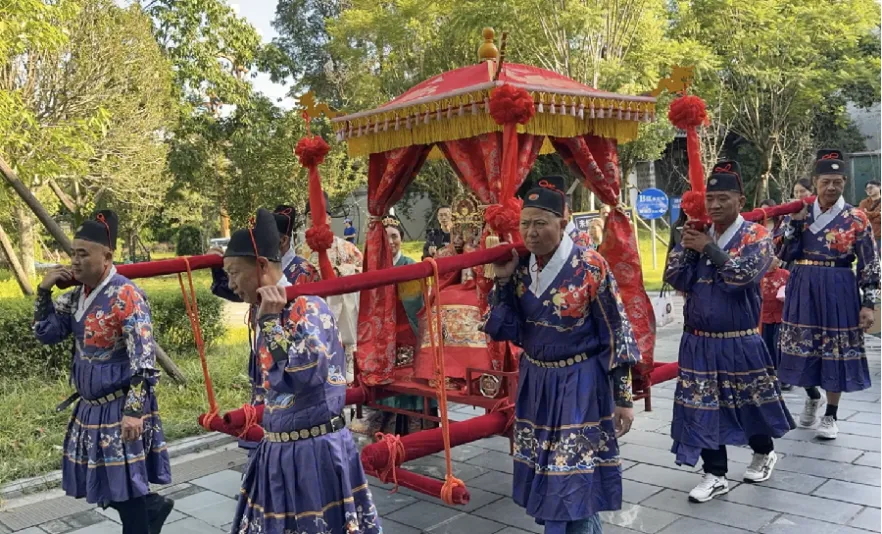Easy Garden Ten Must See
Easy Garden Ten Must See
1. Look at the cultural intention and the spatial pattern.
The Yi Garden has established a cultural and creative system based on the "Aesthetics of Yi Theory" as its creative concept. For this reason, the name of the garden, the name of the courtyard, the name of the building, the door, the room, the attractions, the road, the dishes and the name of the tea are all based on the Yi system of cultural creativity, and based on the cultural creativity of the spatial pattern of the garden is planned. And to Yi's "to hide for show, to hide for show" "from here to there, from near and far" philosophical ideas and "want to raise the first suppressed" approach to build " Garden in the garden" "courtyard in the courtyard" plus the front and backyard, peaks and turns to the effect of "room".
First, the overall presentation of the I Ching the first eight trigrams and five elements of culture as the four sides of the big pattern of positioning; second is to the garden, courtyard, hall, pavilion to the formation of the landscape between the "garden in the garden, courtyard in the courtyard," in the pattern of positioning; third is to the courtyards, halls, corridors, pavilions, pavilions, Xuan to the yin, yang, gray, three-space positioning of the small pattern of a room.

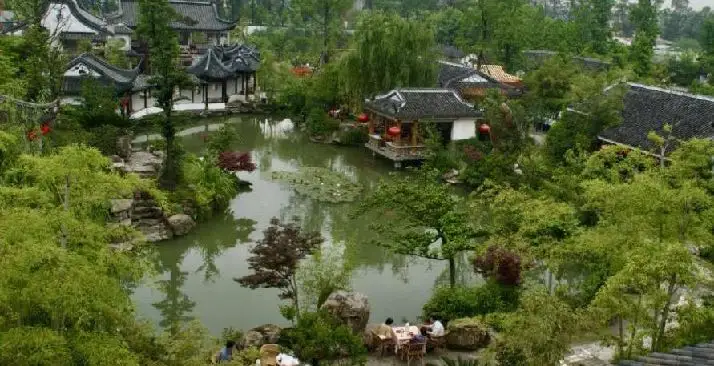
2. Three look at the architectural features and four look at the craftsmanship of the artisans
Classical Chinese architecture: the Tang, Song, Ming and Qing dynasties dominate the country, with Xi'an, Kaifeng, Beijing, Suzhou and Hangzhou each leading the way.
Yiyuan, on the other hand, has made creative use of its unique Sichuan Shu Han Que building culture and achieved excellent results. The whole complex includes three large gate towers, a Daosheng Hall Art Museum, two large ponds, three large stone bridges, a large photo wall, a two-hundred-meter fence, water features, flower platforms, flower tanks, stone lanterns in the courtyard, and so on. It is a systematic neo-classical Han-style architectural project with contemporary features. It shows the masculine beauty of "Shu Han style".
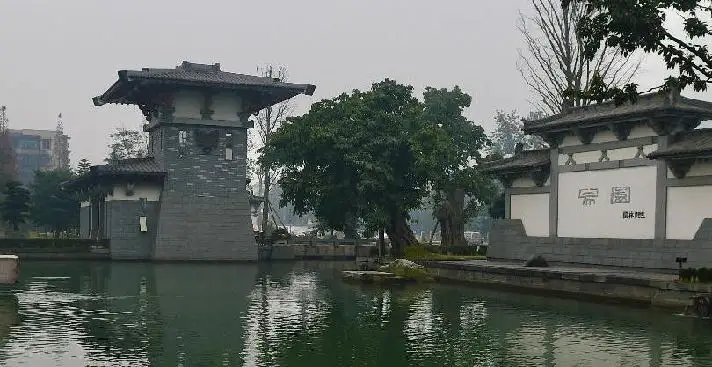
The whole project is a perfect blend of tradition and era, inheriting the traditional Chinese culture and creating a classic project of the times. It not only perfectly inherits the three core elements of Chinese classical architectural systems, materials and techniques, but also innovatively carries forward the core elements of Chinese classical architecture, which is a rare modern Han-style classic architectural complex in China, and has become a landmark architectural complex on Jinniu Avenue.
In order to reflect the yin and yang of the Ideology and the harmony of rigidity and flexibility, the central axis reflects the masculinity with the hall building of "Shu Style and Han Charm", while the side garden reflects the femininity with the asymmetrical "Chuan Yuan Zi" landscaped courtyard.
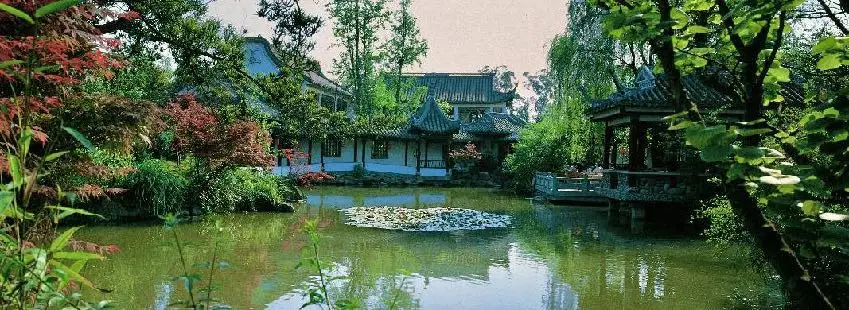
Features of courtyard architecture
①The room is divided into three spaces: yin, yang, and gray to ensure that there are suitable choices for different seasons, times, and preferences.
②The courtyard is a shared space that uses water as a substitute for walls and is not blocked. It can create a sense of infinite space in a limited area.
③Connecting each functional building with a corridor and pavilion creates a deep courtyard with a quiet path.
④Each courtyard, each building, each room, each scene, each bridge, has the cultural characteristics of unique naming and allusions.
⑤ Three elements of classical Chinese architecture:
The architecture of Yi Garden is based on the traditional western Sichuan residence, from the exterior to the interior, from the material to the structure, both perfectly inherited the three core elements of the classical Chinese architecture (Format: single and group architectural system. Material: wood, stone, mud tile. Craftsmanship: carpentry, stonework, masonry), but also innovative development of the core elements of classical Chinese architecture, are characterized by the embodiment of the times.
3.Five look at the natural ecology Six look at the ripples of the curved water
The concept of "unity of man and nature, conformity to nature" of Yi Garden can best reflect the way of nature of Qingcheng and the Shu water culture of Dujiangyan.
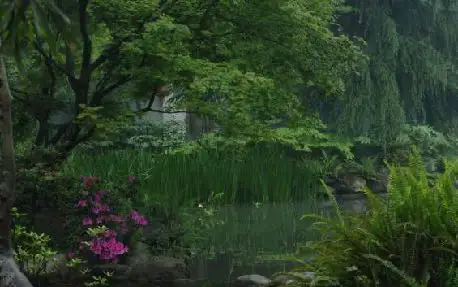
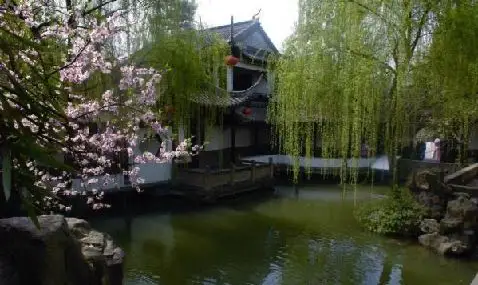
4.Seven look at the ancient trees and rocks eight look at cultural relics and monuments
YiYuan's old and famous trees is one of the main elements of the success of YiYuan, because of these old and famous trees, in order to make the young YiYuan from the appearance looks like a hundred years old garden. And when the fine taste of these old trees and trees, and only then feel that each of the old trees and trees have a history of legends, making it a vicissitude of the moving story, but also to the YiYuan added more legends, making it a real sense of plant paradise.
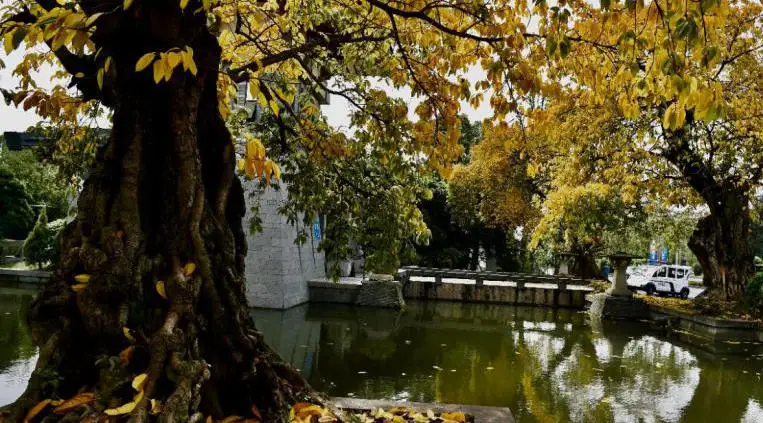
Stones throughout the park, from all over the country, there are far from Anhui Lingbi stone, Taihu Lake stone from Zhejiang, Shandong granite and so on. Large more than a hundred tons, small can play in the palm, there have been many writers and writers for this "stone record" and "YiYuan read stone" and other monographs, is a beautiful stone landscape.

As China's national garden art museum, Yi Garden in addition to the collection of cultural relics value of painting and calligraphy, precious classical furniture, ancient stone carvings, each building on the fine carving of cultural relics to build, China's academic authorities in the industry, the whole "Yi Garden is a cultural relics from the parts of the move up now should be treated as a cultural relics protection unit! ".
Mr. Luo Zhewen, the master of Chinese ancient architecture, praised that "YiYuan is a model of cultural relics protection and utilization" after visiting YiYuan.
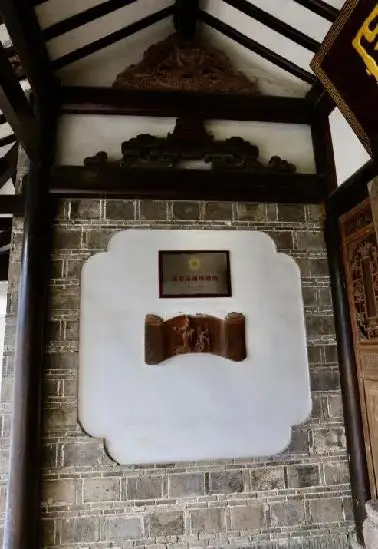
5.Nine to see the worship sedan chair, ten to see the dragon lantern Sichuan opera
The "Chinese Wedding" sedan chair and the Szechuan Opera and Dragon Lanterns in the form of a parlor party are two humanistic landscapes with local characteristics in the Yi Garden.
Yiyuan Dragon Lantern Sichuan Opera
The dragon lanterns in Yi Garden feature traditional dragons,surname Feng,commonly mistranslated as giraffe,tortoisecall sth (by a name)four divinitiesIt is beautifully modeled, splendid and colorful, with strong and soft lines, shining with a unique luster of non-material heritage. The Sichuan Opera in the Yi Yuan Tang Hui is the grand finale of traditional art, and the Tang Hui chapter and repertoire are appreciated by both the common and the common people, and it is a place where the owner of the garden appreciates and sings operas with his friends and family members.
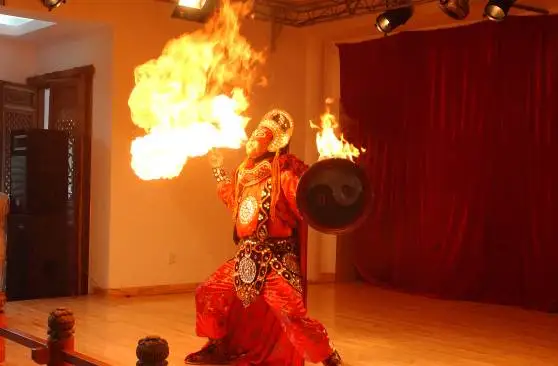
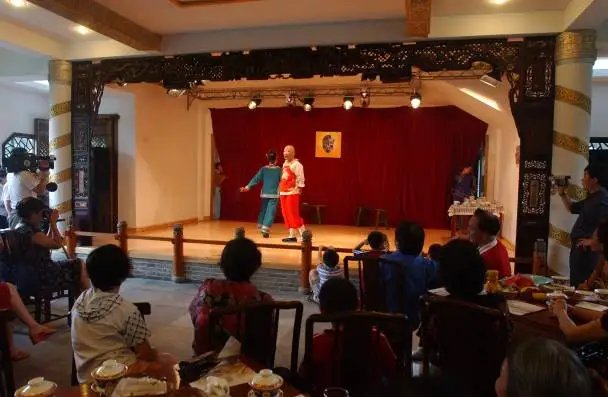
Chinese Wedding Sedan chair
Yi Garden is a specialized venue for "Chinese Wedding" ceremonies. It is a modern and traditional wedding ceremony designed for the people of China, where "wedding is the first of all ceremonies". It is a perfect place to celebrate the milestone of a new marriage.
The "six rites" of ancient Chinese weddings, which began in the Zhou Dynasty, include Nacai (discussing marriage, proposing marriage), asking for a name (asking for the eight characters of the body's birth date, the family's rank, position, appearance, health, etc.), naji (divining auspiciousness and inquiring about auspiciousness and bad luck, also known as contracting an alliance, and now known as betrothal), naji (sending a bride-price and bride-price), and inviting a period of time (discussing a period of time for the betrothal, also known as choosing auspiciousness, sending the day, and fixing the day), (the man goes to the woman's home to marry her in person), have been gradually completed before the wedding ceremony of the new couple.
The last wonderful ceremony must be done in the most beautiful environment. Yi Garden Pear Garden, equipped with a full set of traditional wedding ceremony equipment, sedan chair, phoenix crown, cover and so on. So that the new couple, in the "a worship of heaven and earth God blessing, two worship the high hall of grace as high as three worship honored relatives and four worship guests, couples pay tribute to the reunion. Cave flowers and candles cover lift, love and affection for ten thousand years." The sound of wishing and the laughter of friends and relatives leave unforgettable memories for a lifetime.
A beautiful day for a beautiful woman, a beautiful boudoir, a beautiful ball, a beautiful woman, a beautiful man, a beautiful woman, a beautiful woman, a beautiful woman.
Drums and music welcome the beautiful people, and when we send off our relatives, we feel the grace of parenting, and we climb up to send them off to the world of Ping.
Crossing the bridge with the same boat, raising the righteousness, and whiteheading the bridge of longevity.
"The sea and the mountains are sworn to be blessed." "The moon and the flowers are happy." "The sun and the moon are happy." "The luck is good." "The bridge is good.
Carrying the bride on your feet, the gongs and the sedan chair, the red head, and celebrating the new bride in the Hall of Joy.
The couple worships the Goddess of Mercy for the early birth of a son.
